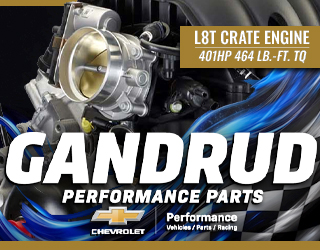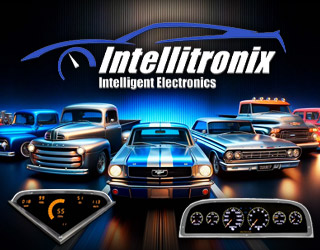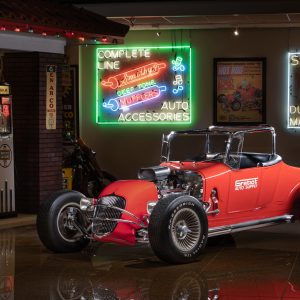OffRoad Trucks
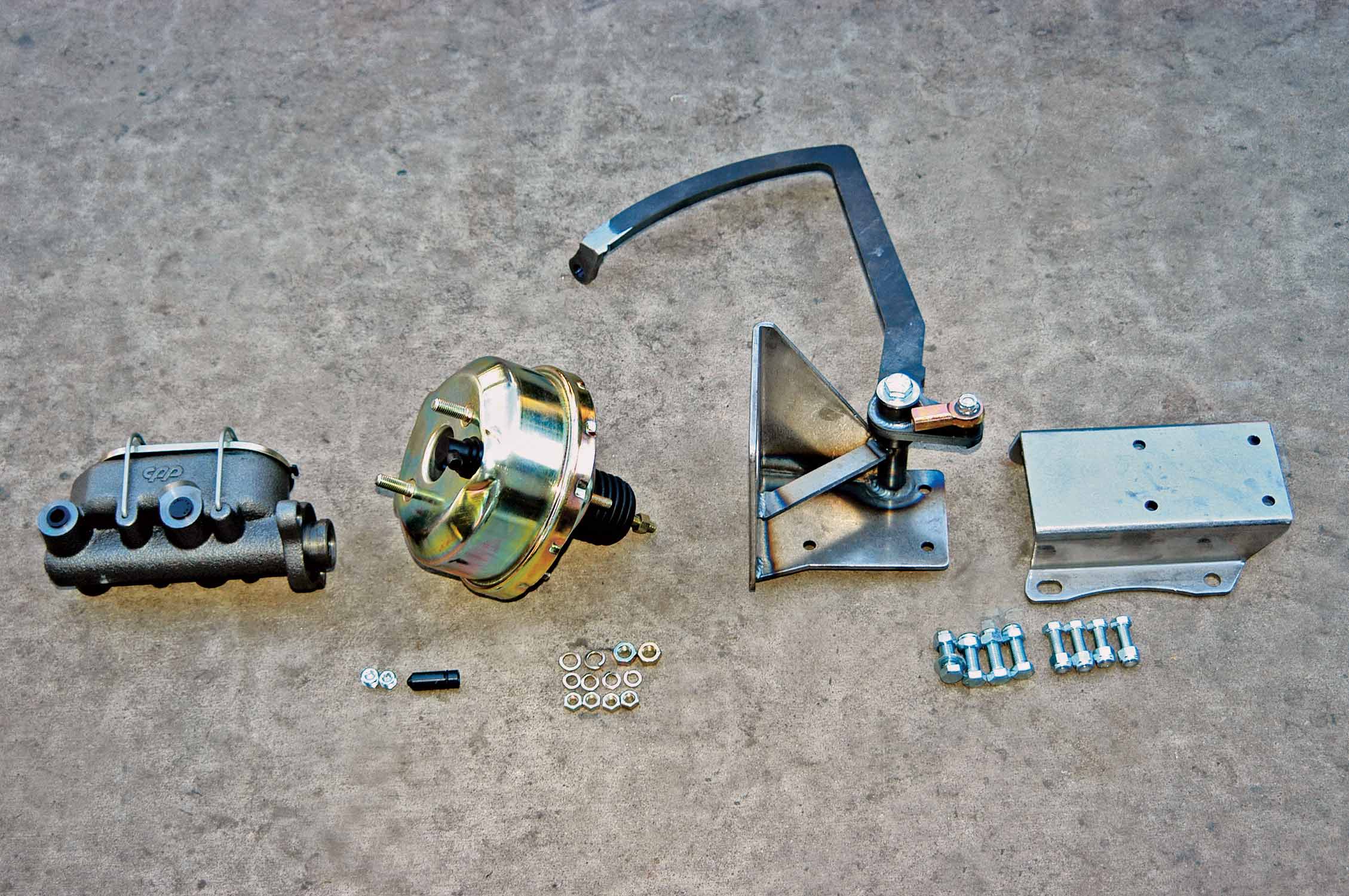
In the ’50s, home-delivery baker Helms Bakery went door to door, delivering bread and bakery goods on the streets of Southern California. All you had to do was call and order what you needed, and the next day it was delivered to your door. You could also stop the drivers on their route to buy their goodies, and that’s how we remember the early ’50s Chevy Helms delivery trucks. We figured they must have a rather large fleet of them to cover the L.A. Basin. We aren’t sure exactly when it happened, but no doubt rapidly changing family lifestyles took their toll, and Helms stopped the delivery portion of the business. As a result, there were a lot of early Chevy panel trucks that went somewhere.
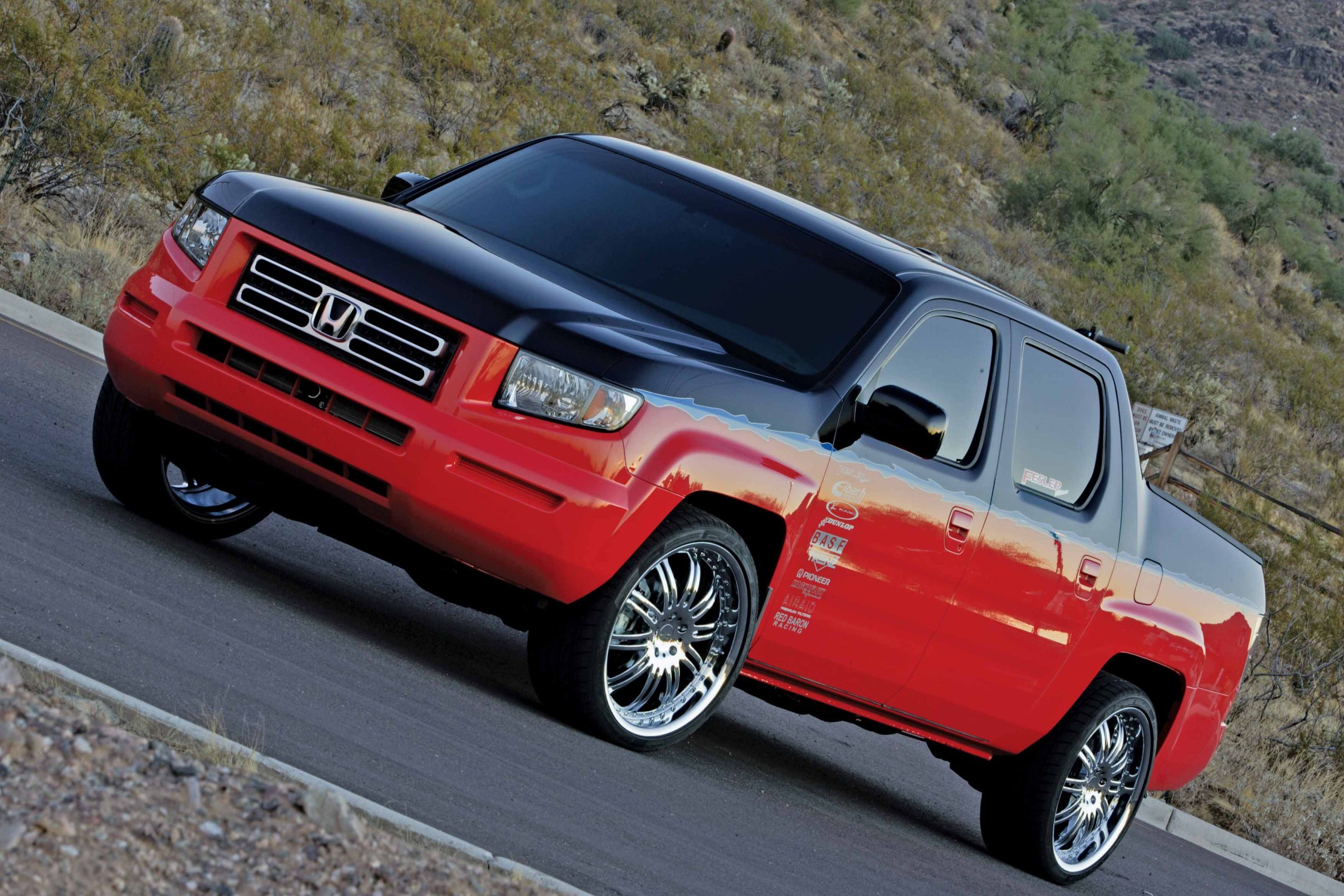
They say don’t mess with it if it isn’t broken. This straightforward build of a 2006 Honda Ridgeline RTL puts that advice into practice. Honda’s foray into the truck realm seems to have tapped into something big: that some people really want their truck to be more like a big, spacious car. Those people, for whatever reason, like the idea of driving a truck, but deep down they prefer something more comfortable and more refined. That is exactly what the Honda Ridgeline delivers.
So when Buddy Rice, Honda and Fesler Built started talking about customizing a Ridgeline, the conversation didn’t involve an all-out overhaul. Instead the team wanted to rely on the designed-in features that have made the Ridgeline so popular.
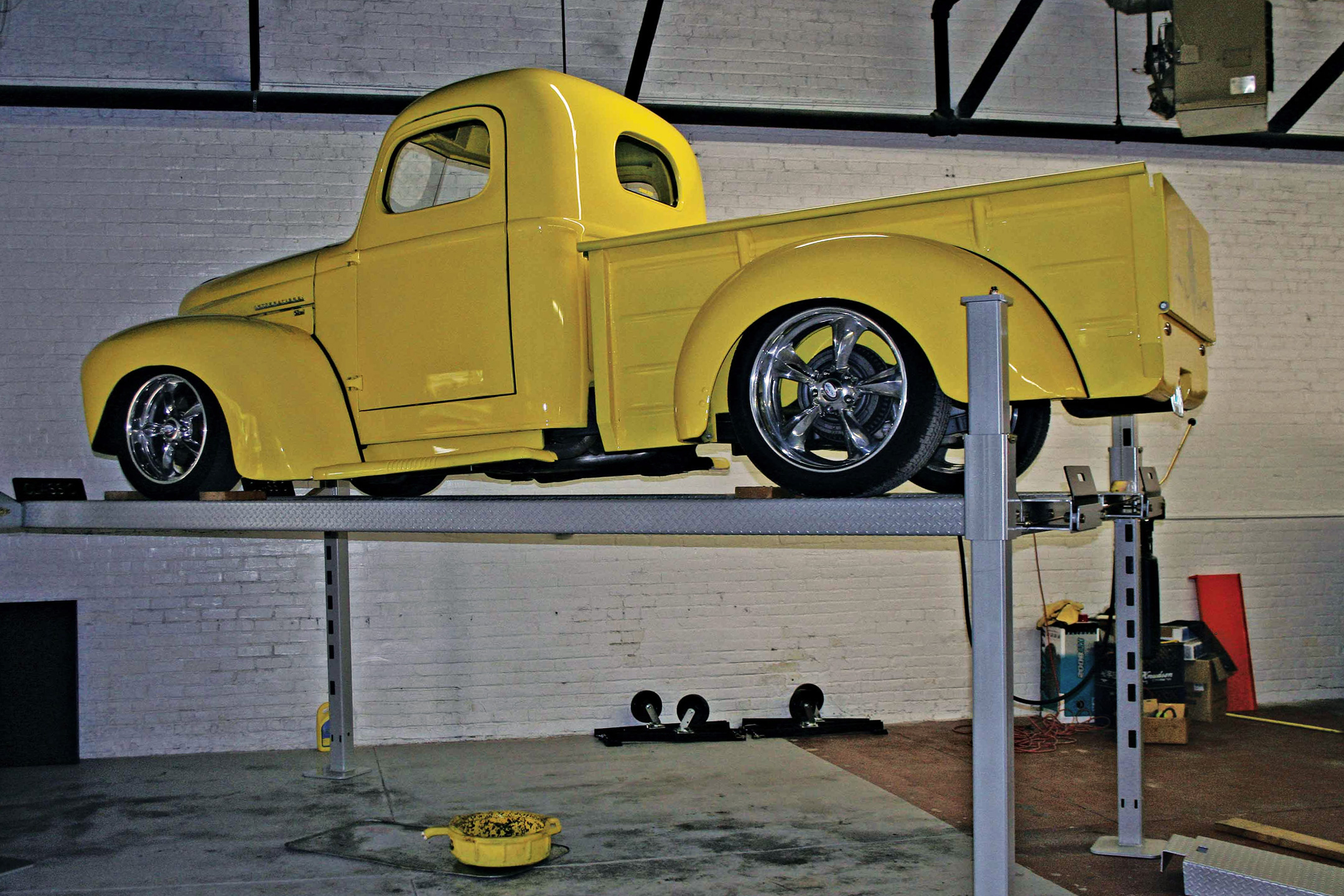
Our old 350 Chevy-powered ’47 International was running a three-speed 350 Turbo trans with 4.11 gears, which, as you know, is not a great combination for this type of highway cruising. It is fine, however, for those who absolutely love in-town, short-?distance, stop-and-go cruising, as it does prove great low-speed throttle response. On the highway, however, it spins up the engine and uses more fuel. We decided that after having our low-speed fun, we were using too much fuel and weren’t comfortable listening to the whine of the small block as we approached 70 mph. It was time to make a change. We looked around for a number of answers and talked to many classic truck owners who had either installed a new set of gears, an overdrive trans or a Gear Vendors overdrive/underdrive unit. We figured that the new 700R4 trans best fit our application budgetwise, although future plans may call for a Gear Vendors unit, as it represents the best of both worlds. But we first wanted to start with a newer, more modern trans.
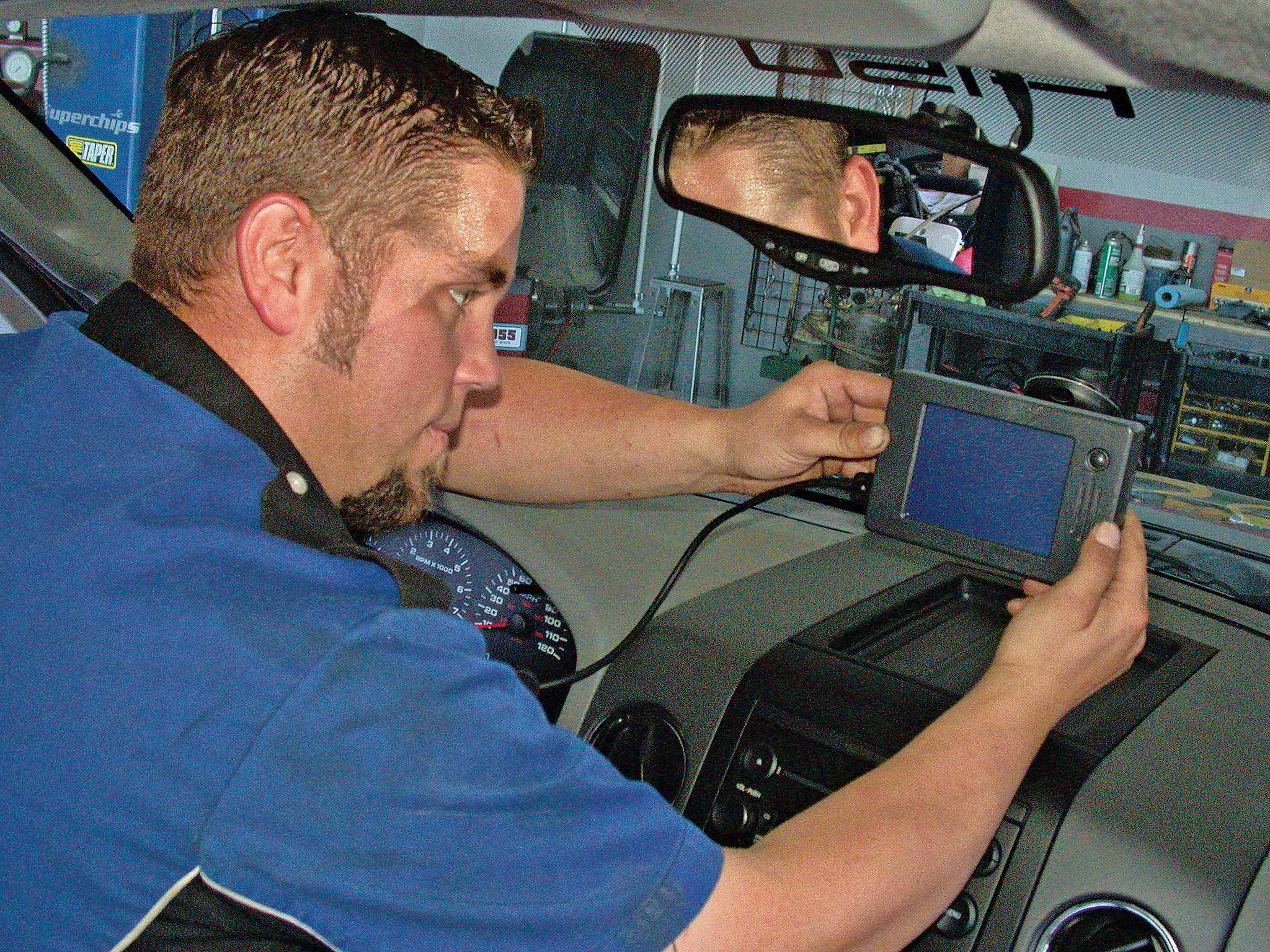
The Power Programmer is designed so that once the parameters are established and loaded, the unit is pulled and the program remains in the onboard computer until you elect to remove it. The HyperPAC is different; this unit stays in place. In addition to the three stages of performance tuning—the HyperPAC has all of the performance programming benefits of the Power Programmer—it also has diagnostics; an engine monitor with a complete gauge display; a dynamometer, which includes such items such as a horsepower graph; and our favorite, a dragstrip program. This program actually monitors real-time engine operating conditions, has a Christmas tree start, displays a timeslip and will provide you with “magazine-type road test” acceleration times in 10-mile increments. It will record and display important engine operating conditions throughout the run and will display drive wheel horsepower versus vehicle speed after each run—in both table and graph formats.
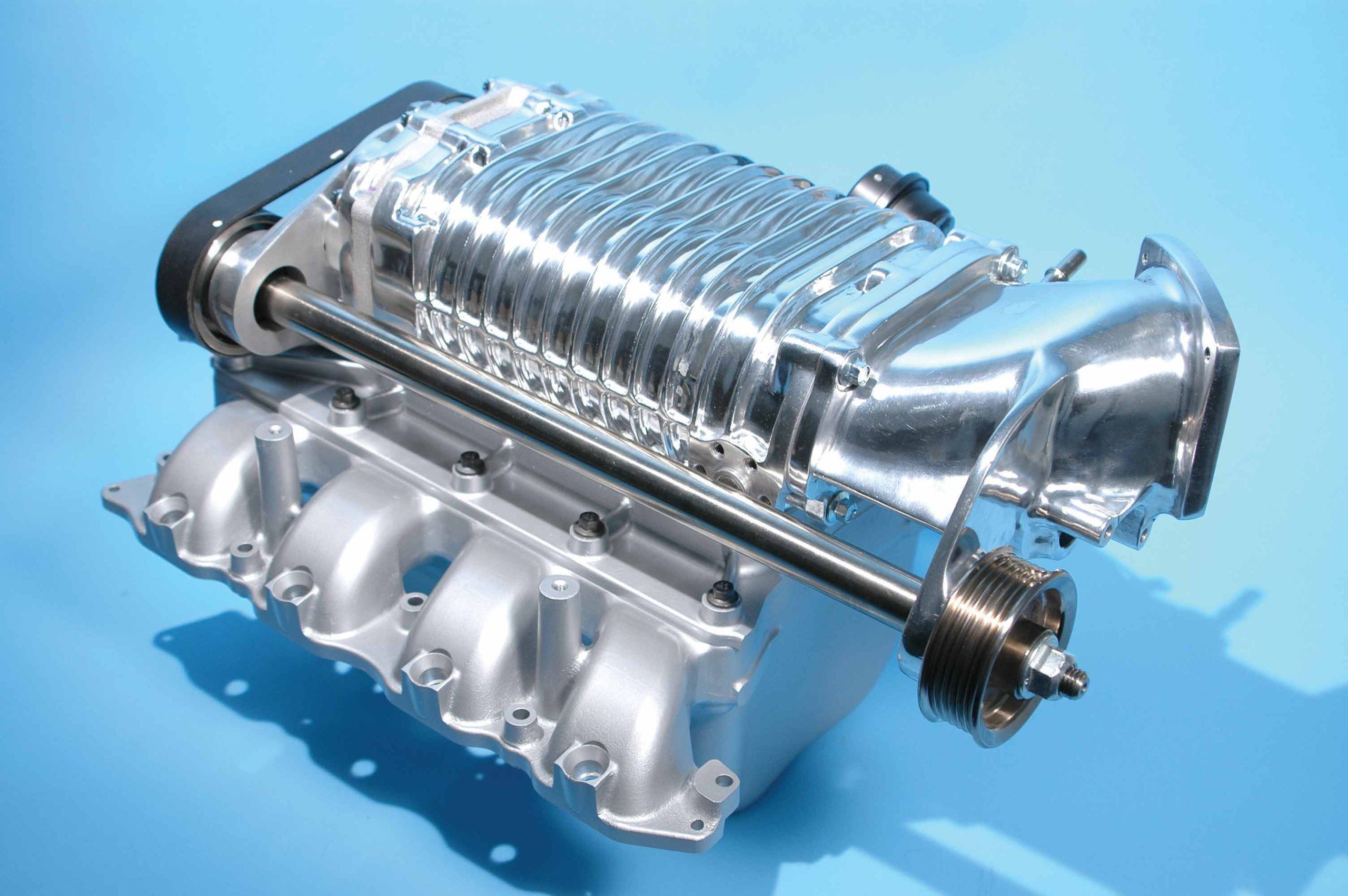
When it comes to improving horsepower, one of the main names is Magna Charger. Long known for its supercharger systems for Chevy pickups and even hot rods, Magna Charger has more recently turned its attention to the Blue Oval. It was in late 2005 that the company introduced a system for the ’04-’06 Ford F-150 pickup truck equipped with the 5.4-liter Triton engine. Aiming to improve horsepower and torque in the 1,200-5,500-rpm range, Magna Charger chose to utilize its fifth-generation MP112 hybrid Roots-style supercharger system in this effort. The Gen 5 is equipped with an internal bypass valve, which the Magna Charger folks say reduces parasitic losses while cruising for increased efficiency and economy. Also, the Magna Charger system is intercooled, and everyone knows that cool air is denser than hot air, and denser air makes more power.
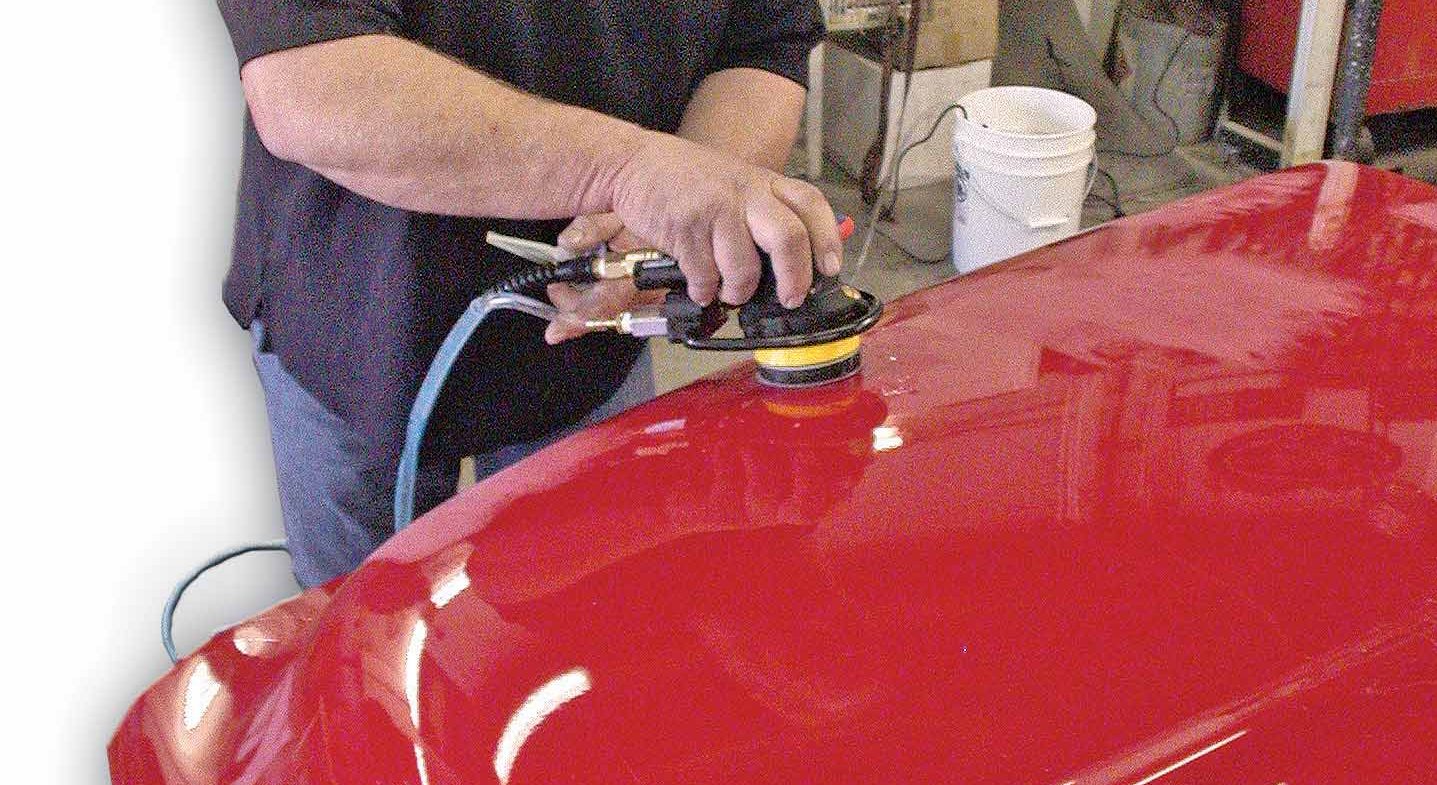
Now, it may seem crazy that anyone would take sandpaper to a new paint job, but if you want to have a glass-like finish that is exactly what happens. Of course, it is special sandpaper, and the person doing the work needs to know exactly what he is doing or that paint job can be toast. One of the things that makes color sanding possible is that the paper used is meant to be wet while the job is taking place. The water not only works as a lubricant, but it also removes the fine paint sludge from the area. The problem is getting that water in the proper place and having enough of it to do the job. After all, who really likes sticking his arm into a cold bucket of water time after time?
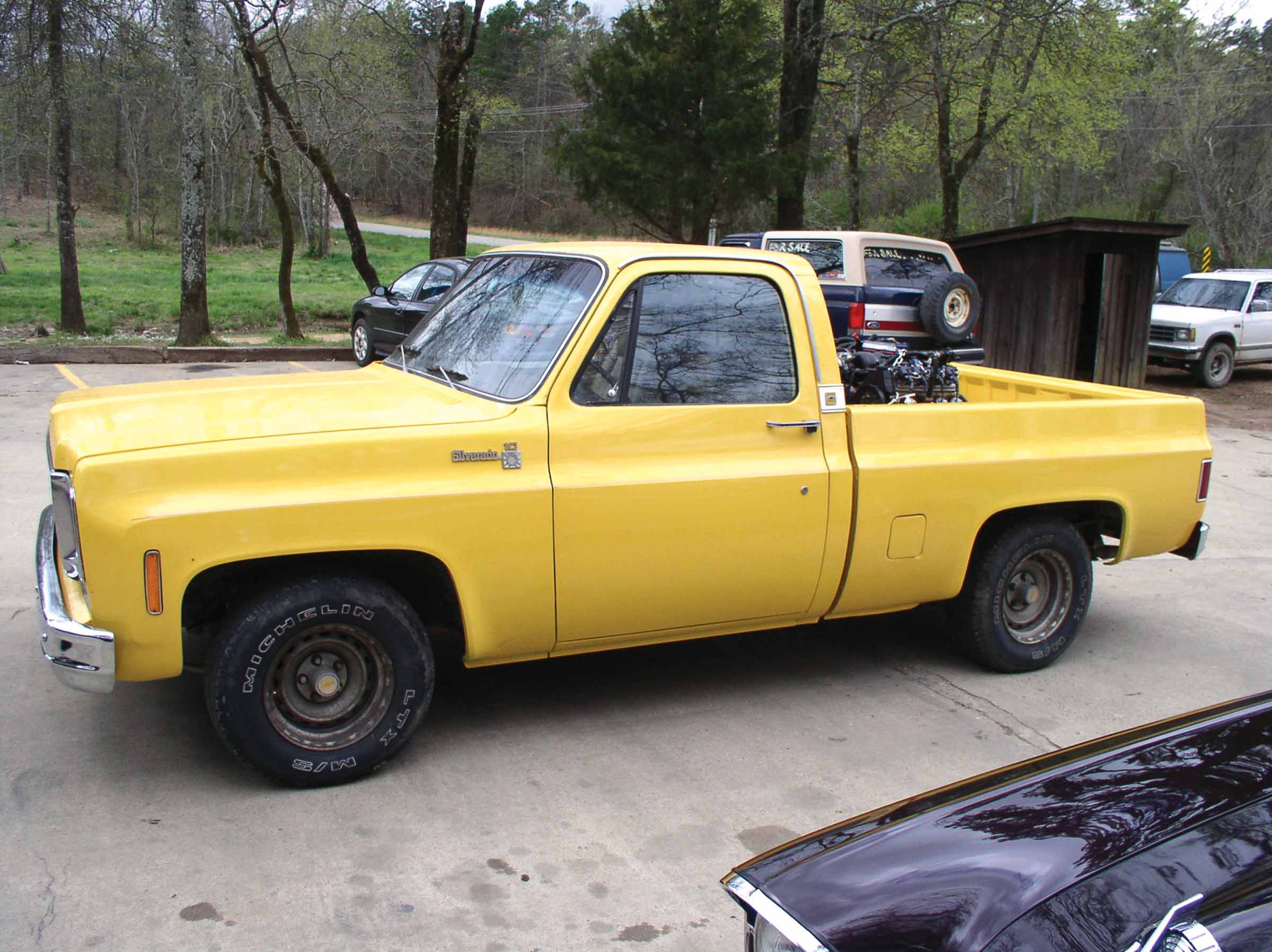
The owner of this ’77 Chevy pickup got tired of the performance and poor fuel economy of the truck’s 350 small block, and rather than rebuild the engine, he decided to replace it with something better. If there’s an engine better than a small-block Chevy, it’s one of Chevy’s new Gen-III small-block engines, which include the Vortec truck motors, LS1/LS6, and even the new LS2/LS7.
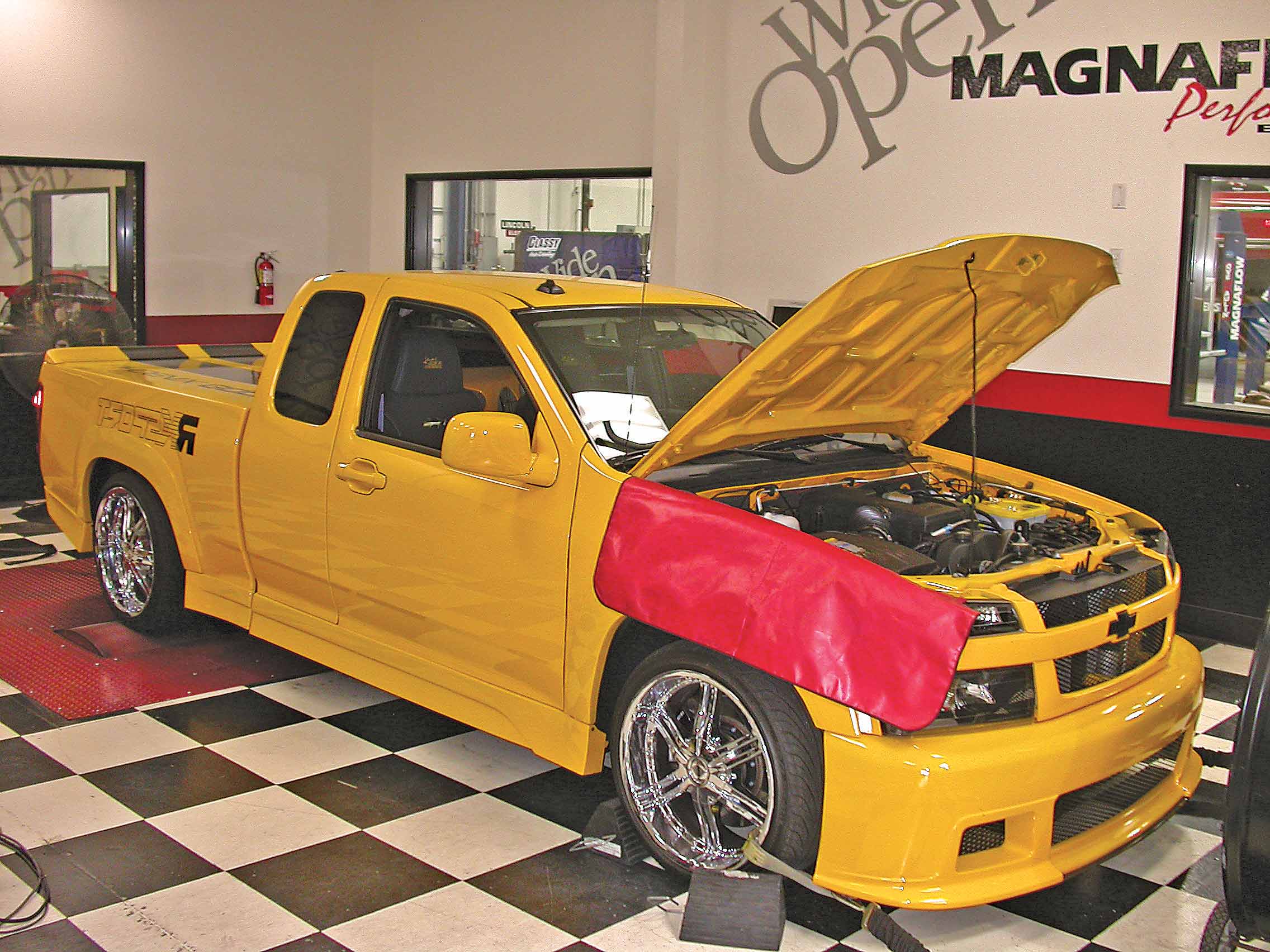
Explore how RKSport’s supercharger kit enhances the performance of Chevrolet’s inline five-cylinder engine, bridging the gap between power and economy, while considering future upgrades for even more performance gains.
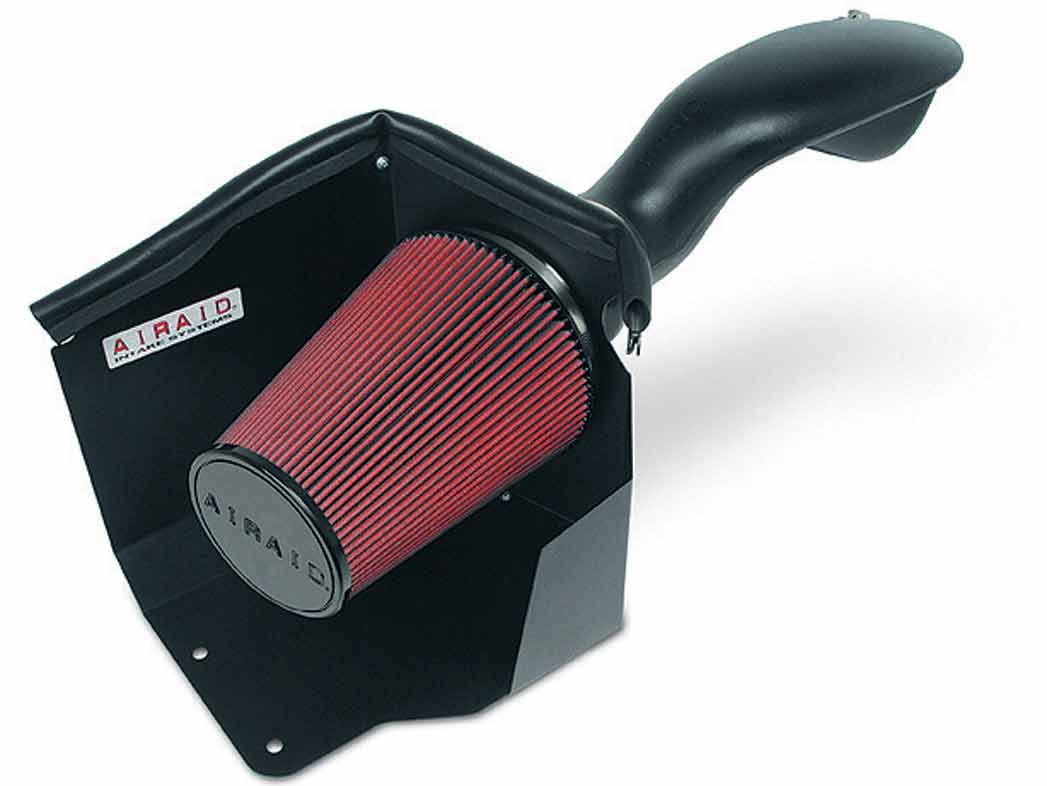
Delve into the power principle of better breathing in engines, focusing on the intake side and how Airaid’s intake system improves airflow to increase rear wheel horsepower by up to 18 in late-model GM trucks.
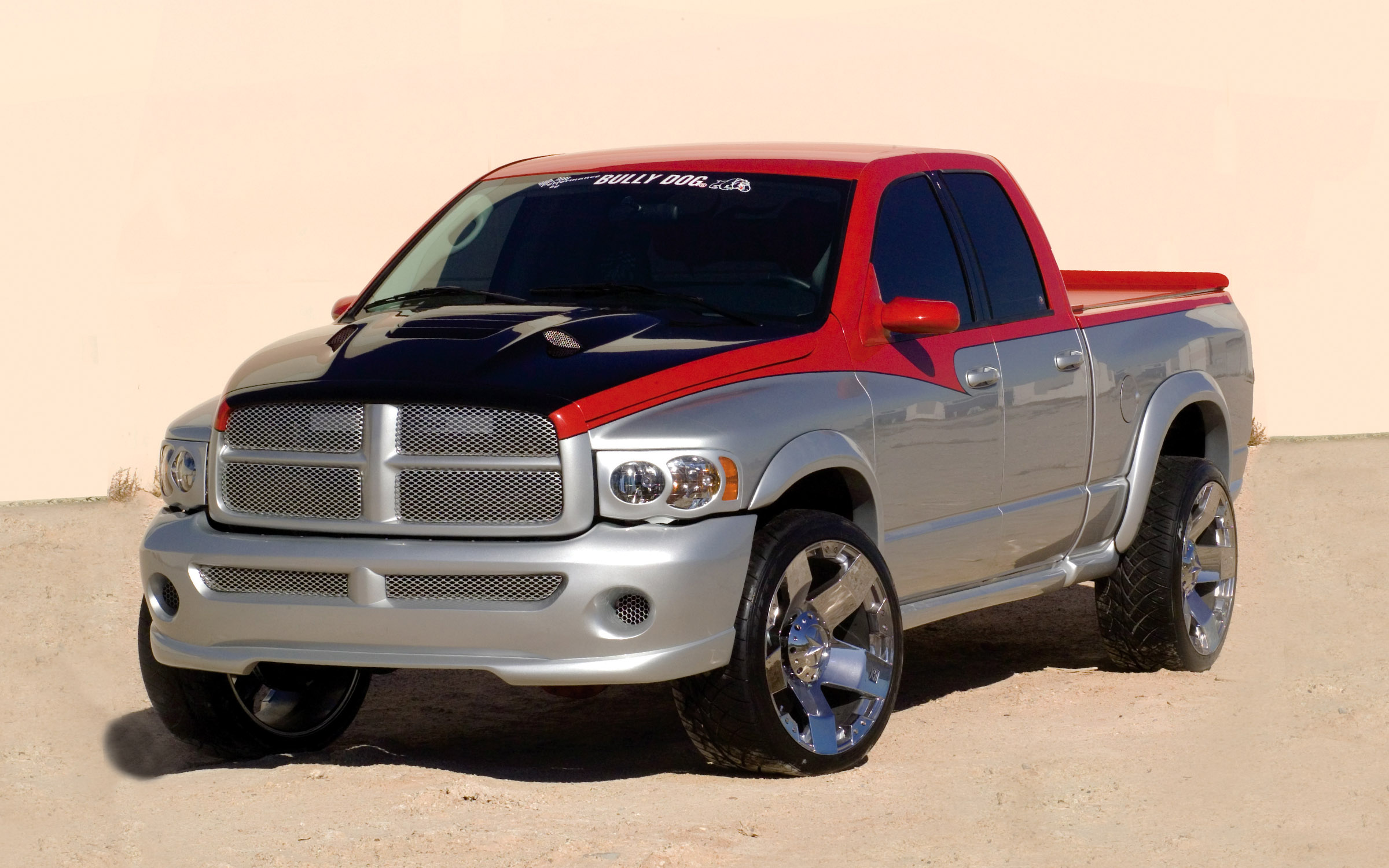
Bully Dog Technologies, located in Aberdeen, Idaho, designs and develops some great bolt-on power products for the diesel aftermarket. Creating these pieces involves literally hundreds of hours in R&D and design work with some of the brightest engineers and technicians around. But, as you can imagine, it’s fun work.





